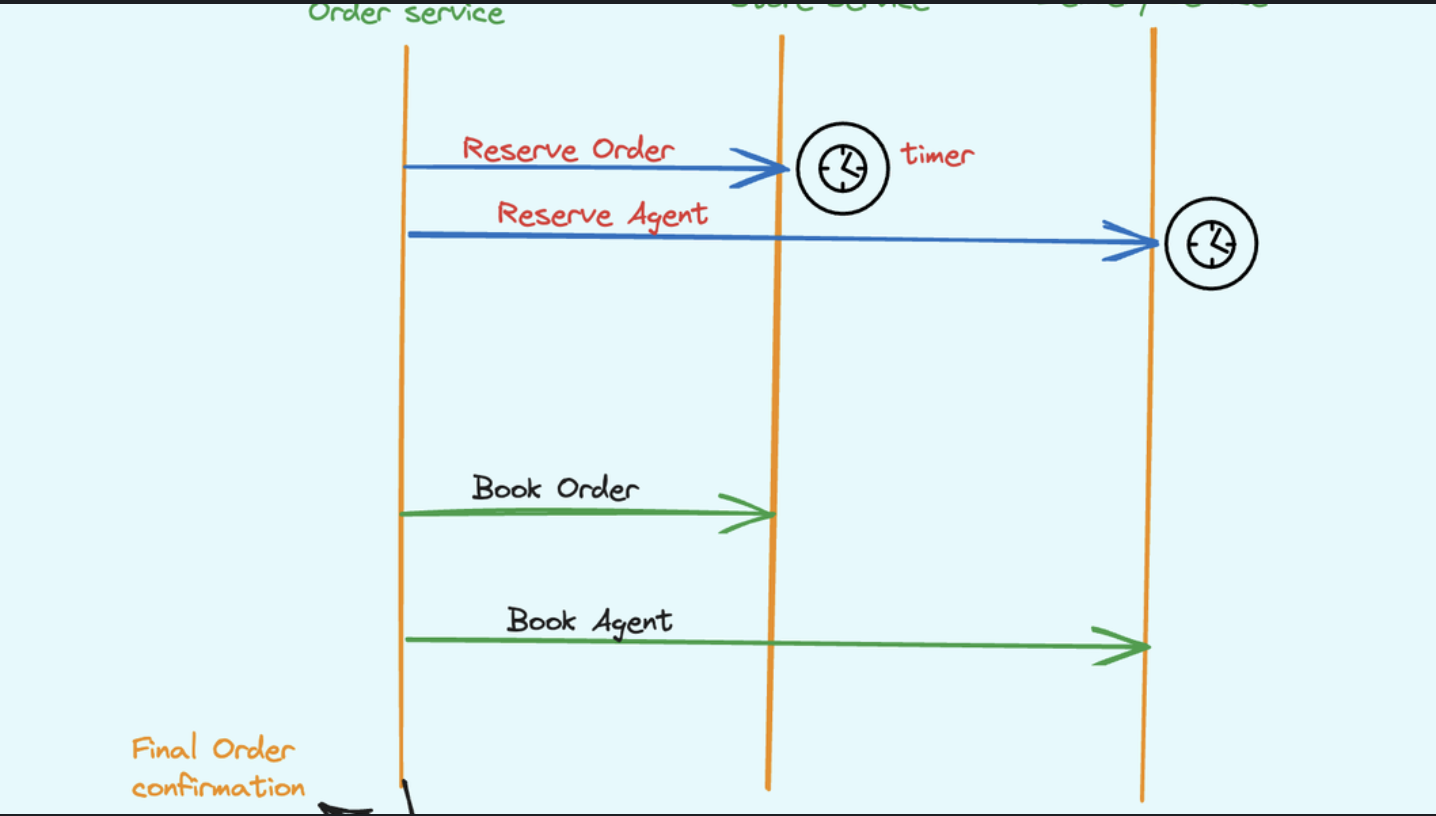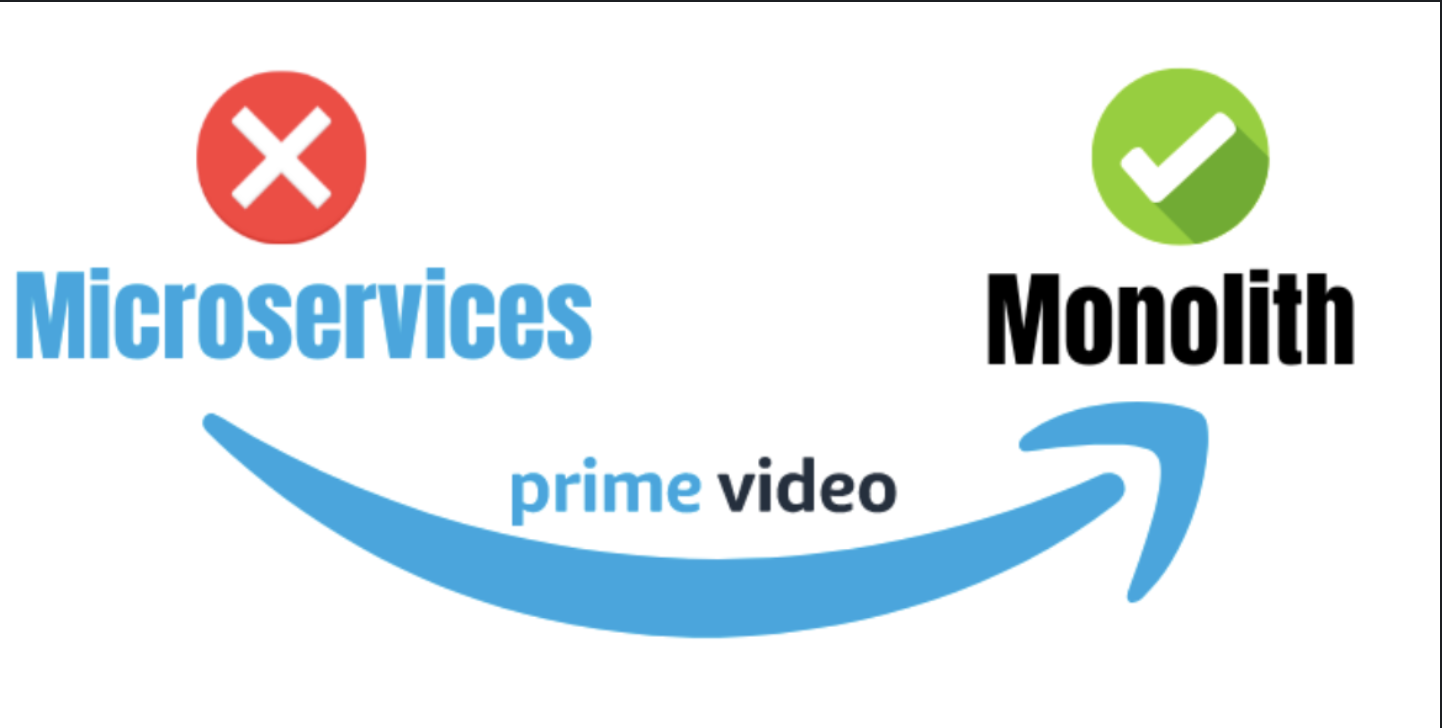Picking a database can feel overwhelming! There are two main categories: SQL and NoSQL. Usually, the choice boils down to how your data is structured. But when you’re looking at different SQL options, things can get trickier. Let’s ditch the tech jargon and break down the key features of the three most popular relational database choices: MySQL, PostgreSQL, and SQL Server.
Let’s talk one by one.
Memory-Optimized Tables
MySQL: A Simpler Approach (with Limitations)
MySQL, known for its ease of use and widespread adoption, offers Memory tables – a basic implementation of in-memory storage. While they boast impressive speed, there are significant drawbacks:
-
Limited Functionality: Memory tables can’t participate in transactions, a fundamental data integrity concept. This makes them unsuitable for complex operations that require data consistency.
-
Security Concerns: Data stored in Memory tables is vulnerable. Since they bypass the security mechanisms of traditional tables, sensitive information requires extra protection.
-
Read-Mostly: Memory tables are primarily designed for read-intensive workloads. Writes are still handled on disk, negating some of the performance gains. For simple caching scenarios or non-critical data, MySQL’s Memory tables might suffice. But for robust transactional applications, they fall short.
PostgreSQL: Feature-Rich, But Not In-Memory Native
PostgreSQL, the open-source champion, doesn’t offer dedicated in-memory database functionality. However, its strength lies in extensibility. Through extensions like “pg_bitmap” and “memory_fdw,” you can achieve memory-optimized behavior, albeit with additional configuration and potential compatibility concerns.
While PostgreSQL provides greater flexibility and advanced features compared to MySQL, setting up and managing memory-like performance requires more effort.
SQL Server: Built-in Powerhouse for Memory Optimization
Microsoft SQL Server takes the lead in the memory-optimized table arena with its Hekaton Technology. Here’s what sets it apart:
-
Transactions Supported: Unlike MySQL’s Memory tables, SQL Server’s memory-optimized tables can participate in ACID (Atomicity, Consistency, Isolation, Durability) transactions, ensuring data integrity.
-
Durability: SQL Server employs techniques like write-back caches and persistence mechanisms to safeguard data even during system restarts.
-
Rich Functionality: Memory-optimized tables in SQL Server enjoy most features available to traditional tables, allowing for complex queries and operations.
While SQL Server excels in memory optimization, it comes with a price tag – a licensing cost absent in open-source MySQL and PostgreSQL.
Data Changes
Data changes encompass a variety of operations, including insertions, updates, and deletions. The frequency and complexity of these changes significantly impact database performance and resource utilization. Factors to consider include:
-
Transaction Volume: How many data changes occur per unit time? High-volume updates require a robust system.
-
Data Model Complexity: Are there intricate relationships between tables? Complex joins during updates can strain performance.
-
Data Integrity: How critical is maintaining data consistency during changes? Transactions with ACID properties (Atomicity, Consistency, Isolation, Durability) ensure reliable updates.
MySQL: Speed Demon for Simple Updates
MySQL reigns supreme for its speed and ease of use. It excels in handling frequent, straightforward data updates for web applications and small-scale deployments. Its simple architecture and focus on read performance make it ideal for scaling horizontally (adding more servers) to handle increasing load. However, MySQL’s transactional capabilities are less robust compared to its competitors, and it offers limited support for complex data types and advanced features.
PostgreSQL: The Feature-Rich Contender
PostgreSQL is an open-source powerhouse known for its rich functionality and data integrity features. It supports complex data types (JSON, geospatial) and advanced features like triggers and stored procedures, making it a flexible choice for intricate data manipulation. PostgreSQL’s ACID compliance ensures reliable data updates, even in high-volume scenarios. However, its initial setup can be more complex than MySQL, and its performance might not match MySQL for very basic updates.
SQL Server: Enterprise Muscle for Demanding Workloads
Microsoft’s SQL Server is a commercial offering built for heavy-duty workloads and complex data manipulation. It delivers exceptional performance and robust transactional support, making it ideal for large-scale enterprise applications with frequent data changes. SQL Server offers comprehensive tools for administration, security, and integration with other Microsoft products. However, its commercial licensing can be a significant cost factor compared to the open-source options.
Defragmentation
MySQL’s Approach to Defragmentation
MySQL offers several defragmentation methods:
-
OPTIMIZE TABLE: This command rebuilds the table, physically reorganizing data and eliminating fragmentation.
-
Backups and Restores: Restoring a database from a backup essentially defragments it as data is written contiguously.
-
Index Creation: Creating indexes often involves data reorganization, leading to defragmentation as a side effect.
PostgreSQL’s Take on Defragmentation
PostgreSQL takes a more automated approach:
-
VACUUM: This process reclaims space occupied by deleted or updated data. However, it doesn’t explicitly defragment the table.
-
Autovacuum: This background process automatically runs VACUUM on selected tables, maintaining a certain level of space efficiency.
SQL Server’s Defragmentation Techniques
SQL Server implements a garbage collector that continuously cleans up unused space:
-
Minimal Overhead: This garbage collection process is designed to be efficient, keeping overhead low (around 15-20%).
-
Flexible Scheduling: While automatic, administrators can also choose to run the garbage collector manually.
Choosing Your Defragmentation Champion
The best choice depends on your priorities:
-
Resource Efficiency: If minimizing CPU usage is crucial, PostgreSQL’s VACUUM and Autovacuum offer a lightweight approach.
-
Granular Control: For those who prefer more control over defragmentation timing and methods, MySQL’s OPTIMIZE TABLE and scheduled backups provide flexibility.
-
Scalability and Performance: For large databases with high-performance needs, SQL Server’s efficient garbage collector might be the most suitable option.
Beyond Defragmentation
It’s important to remember that defragmentation is just one piece of the puzzle. Here are some additional factors to consider when choosing a database:
-
Overall Feature Set: Each database offers unique functionalities beyond defragmentation. Consider features like data types, advanced queries, and security capabilities.
-
Cost and Licensing: MySQL is open-source and free to use, while PostgreSQL and SQL Server have different licensing models.
-
Community and Support: A vibrant community and readily available support resources are essential for troubleshooting and ongoing maintenance. 💡



